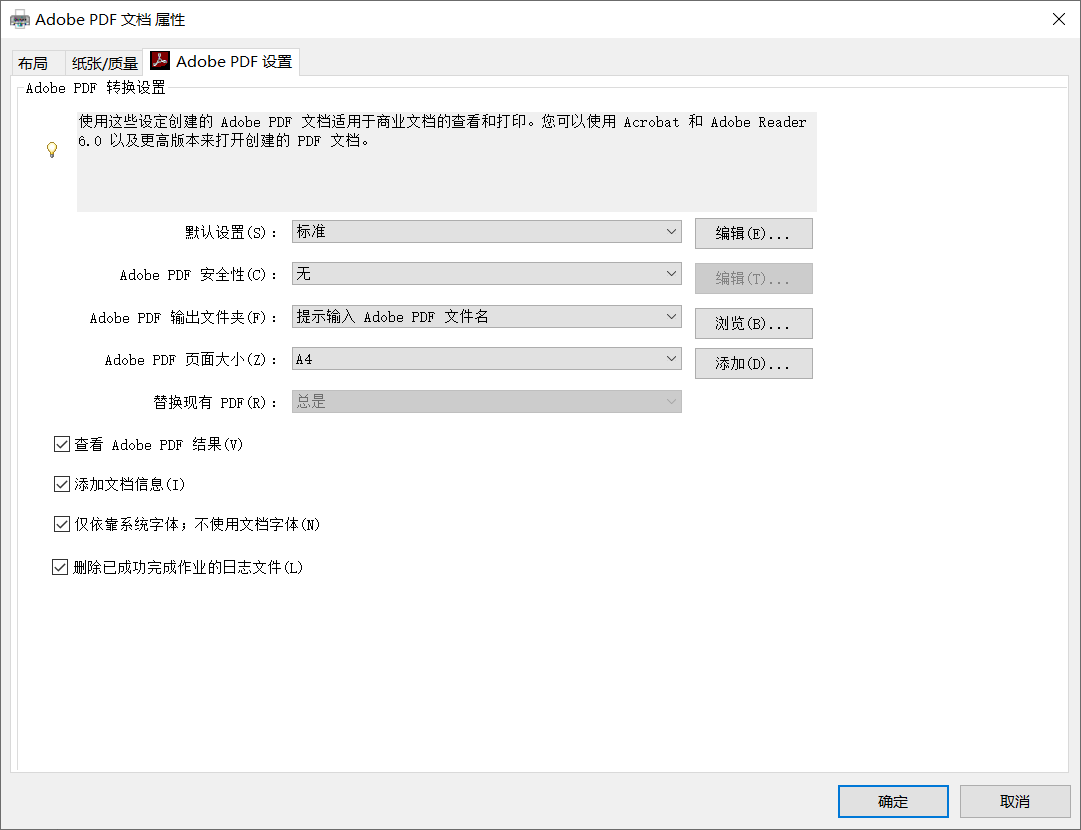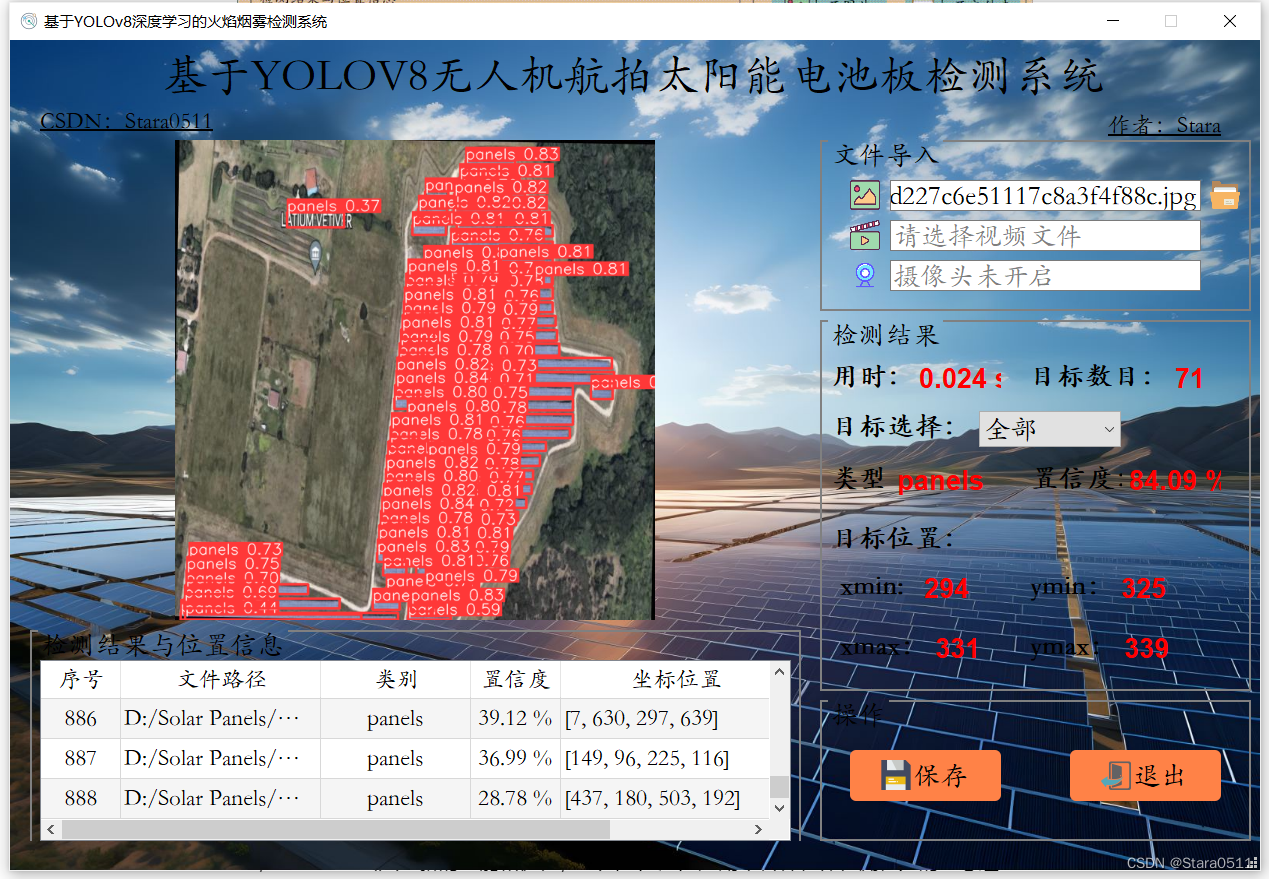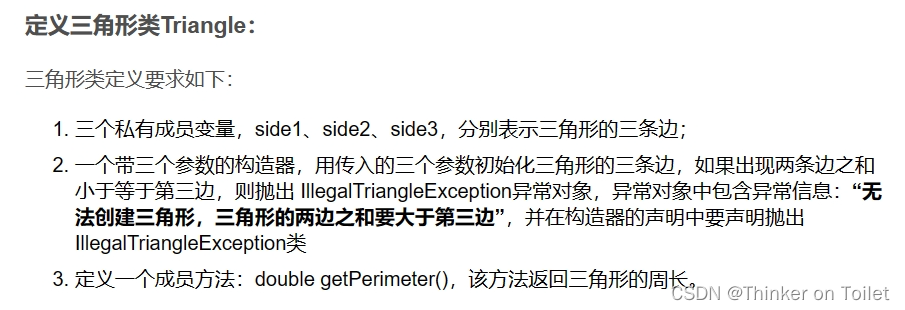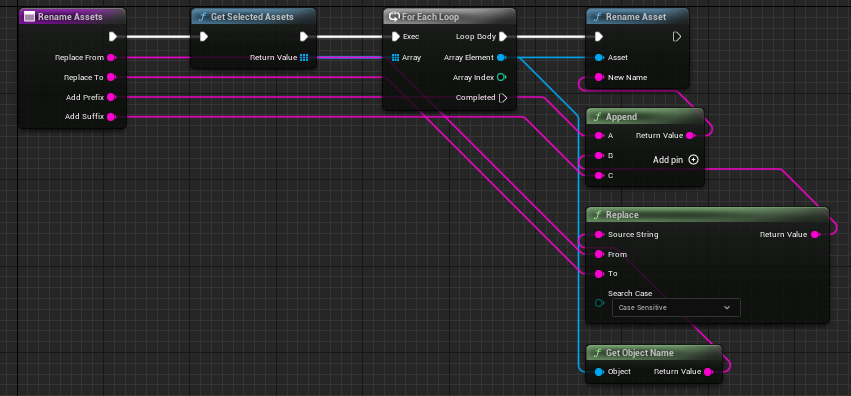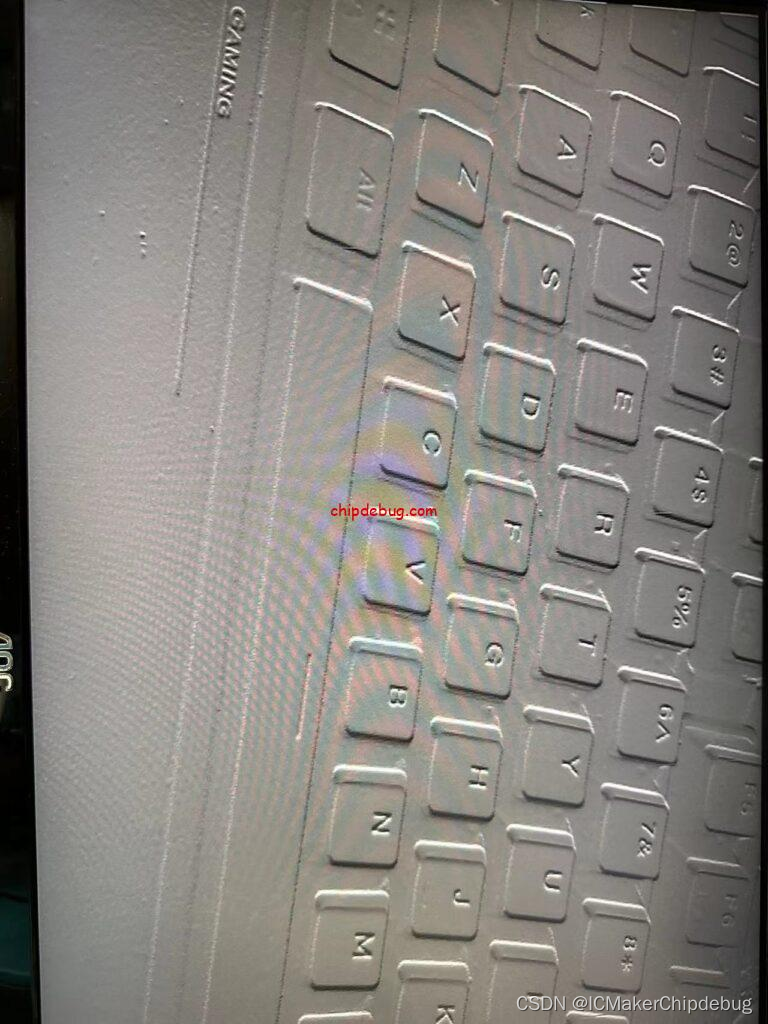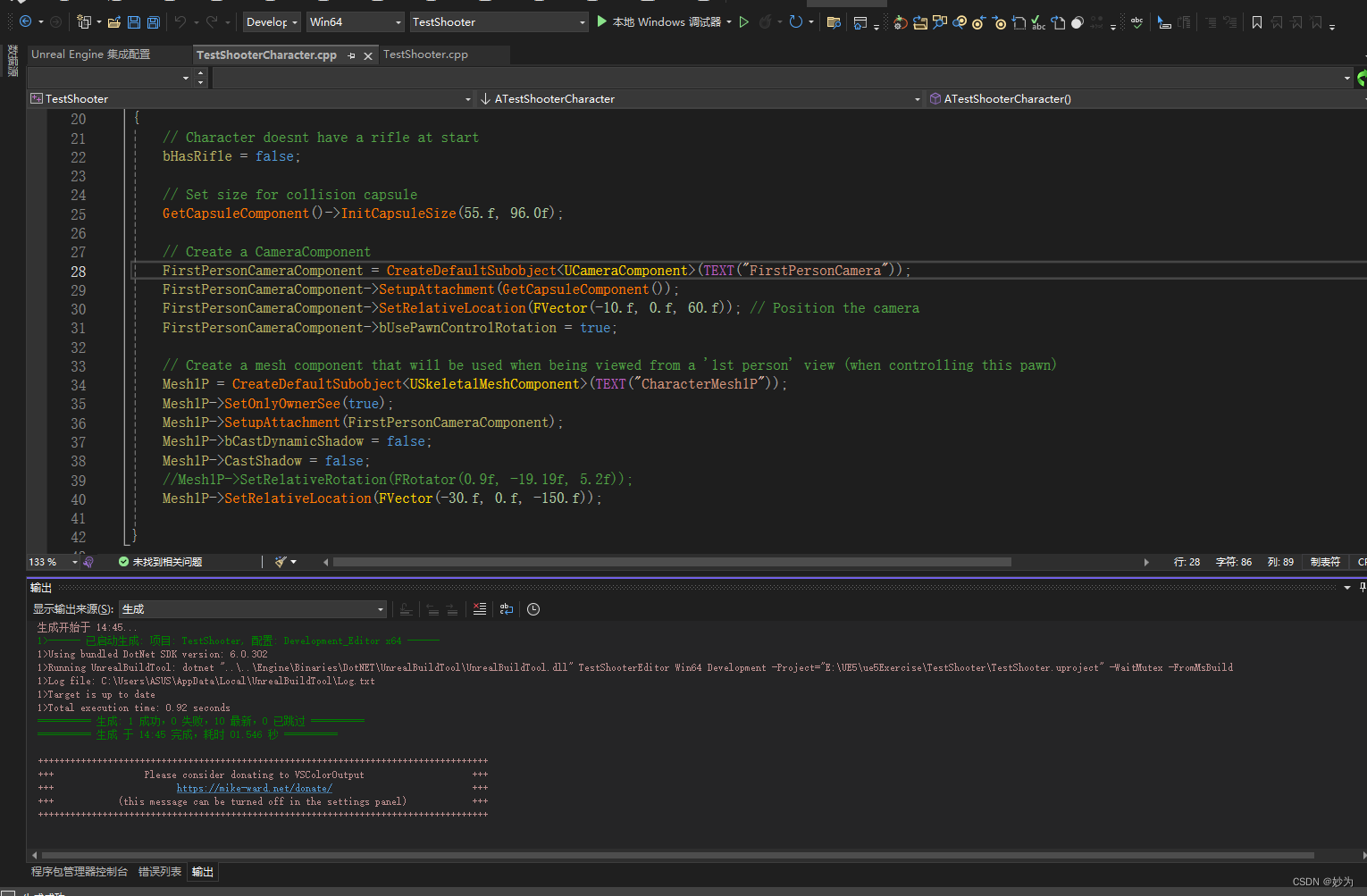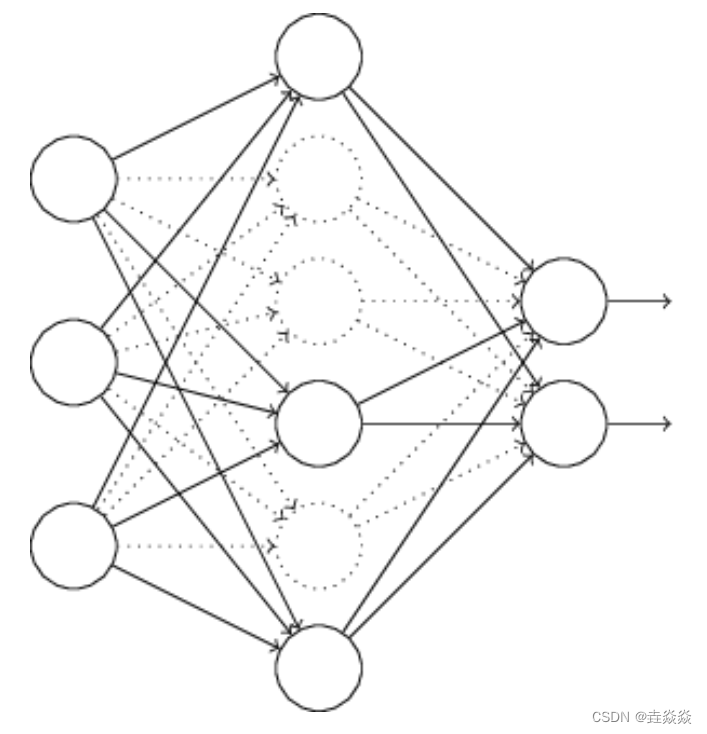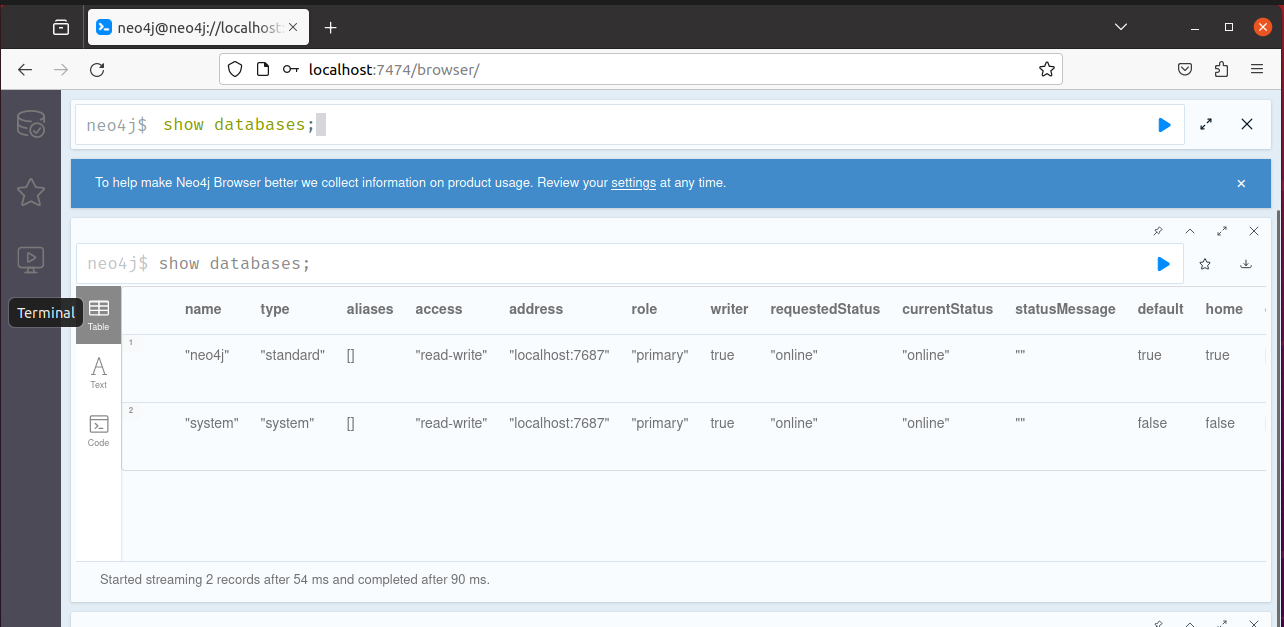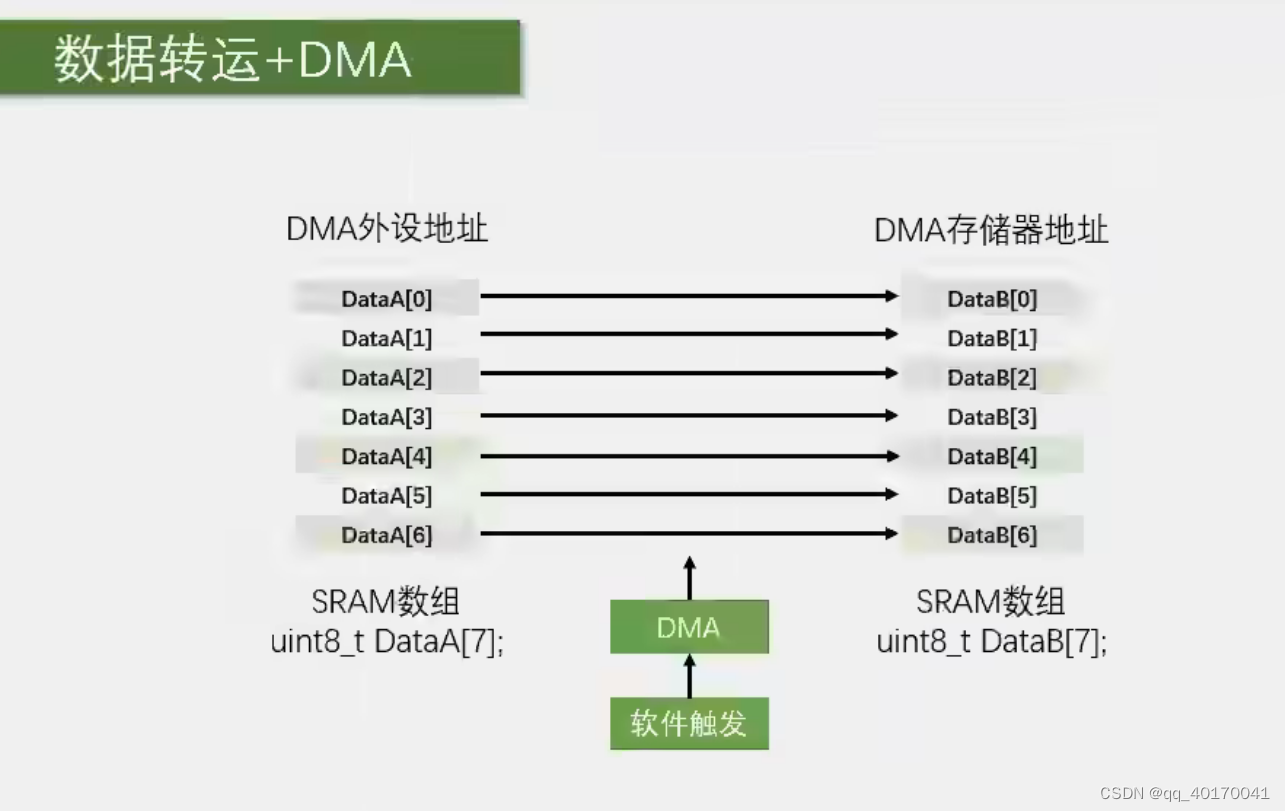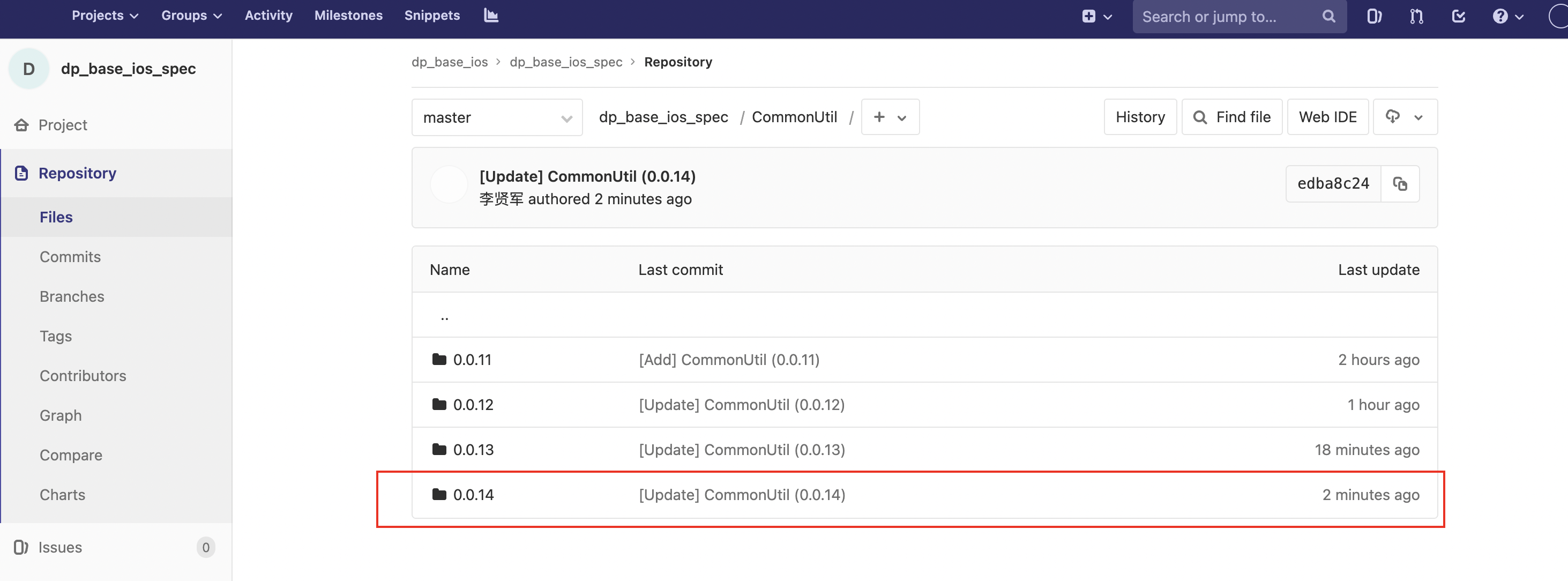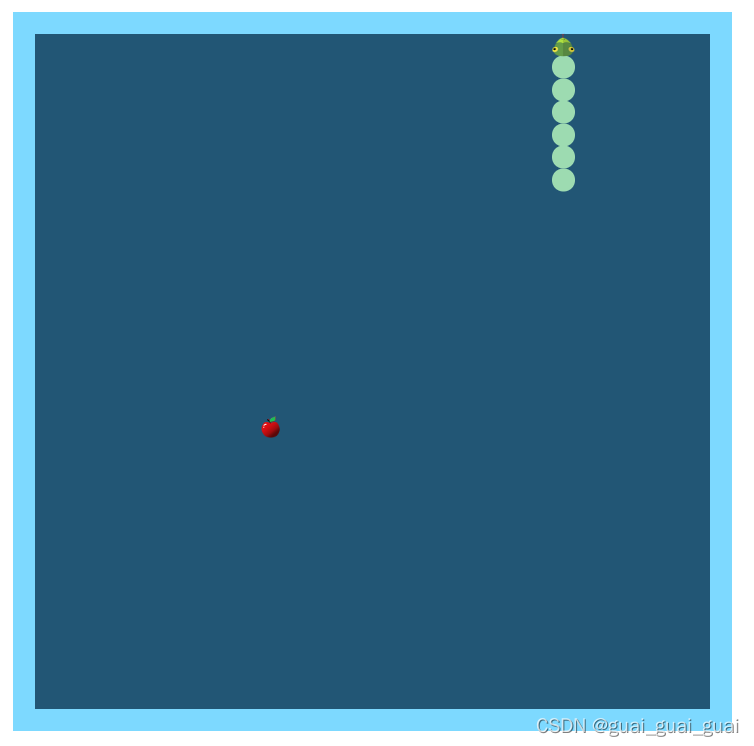一,Method Swizzling 简介
Method(方法)对应的是objc_method结构体;而objc_method结构体中包含了SEL method_name(方法名),IMP method_imp(方法实现)
// objc_method 结构体
typedef struct objc_method *Method;struct objc_method {SEL _Nonnull method_name; // 方法名char * _Nullable method_types; // 方法类型IMP _Nonnull method_imp; // 方法实现
};
Method(方法),SEL(方法名),IMP(方法实现)三者的关系:
在运行中,class(类)维护了一个method list(方法列表)来确定消息的正确发送。OC中调用方法叫做发送消息,发送消息前会查找消息,查找过程就是通过SEL查找IMP的过程。method list (方法列表)存放的元素就是Method(方法)。而Method(方法)中映射了一对键值对:SEL(方法名):IMP(方法实现)。
原理:
Method swizzling修改了method list(方法列表),使不同Method(方法)中的键值对发生了交换。比如交换前两个键值对分别为SEL A:IMP A,SEL B:IMP B,交换之后就变为了SEL A : IMP B、SEL B : IMP A。

二,MethodSwizzling简单代码实现
在当前类的+(void)load方法中增加Method Swizzling操作,交换(void)originalFunction和(void)swizzledFunction的方法实现。
#import "ViewController.h"
#import <objc/runtime.h>
@interface ViewController ()@end@implementation ViewController- (void)viewDidLoad {[super viewDidLoad];// Do any additional setup after loading the view.[self SwizzlingMethod];[self originalFunction];[self swizzledFunction];}
- (void)SwizzlingMethod {//当前类Class class = [self class];//方法名SEL originalSeletor = @selector(originalFunction);SEL swizzledSeletor = @selector(swizzledFunction);//方法结构体Method originalMethod = class_getInstanceMethod(class, originalSeletor);Method swizzledMethod = class_getInstanceMethod(class, swizzledSeletor);//调用交换两个方法的实现method_exchangeImplementations(originalMethod, swizzledMethod);
}
//原始方法
- (void)originalFunction {NSLog(@"originalFunction");
}
//替换方法
- (void)swizzledFunction {NSLog(@"swizzledFunction");
}
@end

上面的代码简单的将两个方法进行了交换。但在实际应用中并不是那么简单,更多的是为当前类添加一个分类,然后在分类中进行MethodSwimming操作,并且要考虑的东西要更多,且更复杂。
三,MethodSwizzling的使用方案
一般是在该类的分类中添加MethodSwizzling交换方法
@implementation UIViewController (Swizzling)// 交换 原方法 和 替换方法 的方法实现
+ (void)load {static dispatch_once_t onceToken;dispatch_once(&onceToken, ^{// 当前类Class class = [self class];// 原方法名 和 替换方法名SEL originalSelector = @selector(originalFunction);SEL swizzledSelector = @selector(swizzledFunction);// 原方法结构体 和 替换方法结构体Method originalMethod = class_getInstanceMethod(class, originalSelector);Method swizzledMethod = class_getInstanceMethod(class, swizzledSelector);/* 如果当前类没有 原方法的 IMP,说明在从父类继承过来的方法实现,* 需要在当前类中添加一个 originalSelector 方法,* 但是用 替换方法 swizzledMethod 去实现它 */BOOL didAddMethod = class_addMethod(class,originalSelector,method_getImplementation(swizzledMethod),method_getTypeEncoding(swizzledMethod));if (didAddMethod) {// 原方法的 IMP 添加成功后,修改 替换方法的 IMP 为 原始方法的 IMPclass_replaceMethod(class,swizzledSelector,method_getImplementation(originalMethod),method_getTypeEncoding(originalMethod));} else {// 添加失败(说明已包含原方法的 IMP),调用交换两个方法的实现method_exchangeImplementations(originalMethod, swizzledMethod);}});
}// 原始方法
- (void)originalFunction {NSLog(@"originalFunction");
}// 替换方法
- (void)swizzledFunction {NSLog(@"swizzledFunction");
}@end
一些用到的方法
通过SEL获取方法Method
// 获取实例方法
OBJC_EXPORT Method _Nullable
class_getInstanceMethod(Class _Nullable cls, SEL _Nonnull name);// 获取类方法
OBJC_EXPORT Method _Nullable
class_getClassMethod(Class _Nullable cls, SEL _Nonnull name);
IMP的getter/setter方法
// 获取一个方法的实现
OBJC_EXPORT IMP _Nonnull
method_getImplementation(Method _Nonnull m); // 设置一个方法的实现
OBJC_EXPORT IMP _Nonnull
method_setImplementation(Method _Nonnull m, IMP _Nonnull imp):
替换方法
// 获取方法实现的编码类型
OBJC_EXPORT const char * _Nullable
method_getTypeEncoding(Method _Nonnull m);// 添加方法实现
OBJC_EXPORT BOOL
class_addMethod(Class _Nullable cls, SEL _Nonnull name, IMP _Nonnull imp, const char * _Nullable types);// 替换方法的 IMP,如:A替换B(B指向A,A还是指向A)
OBJC_EXPORT IMP _Nullable
class_replaceMethod(Class _Nullable cls, SEL _Nonnull name, IMP _Nonnull imp, const char * _Nullable types);// 交换两个方法的 IMP,如:A交换B(B指向A,A指向B)
OBJC_EXPORT void
method_exchangeImplementations(Method _Nonnull m1, Method _Nonnull m2);
四,注意事项
1.保证方法交换只执行一次
为了保证方法交换的代码可以优先交换,一般会将其写在+load方法中,但是+load的方法也能被主动调用,如果多次调用就会被还原,如果调用[super load] 方法也会造成这样的结果;所以我们要保证方法只交换一次,可选择在单例模式下。
+ (void)load{static dispatch_once_t onceToken;dispatch_once(&onceToken, ^{[self lz_methodSwizzlingWithClass:self oriSEL:@selector(study) swizzledSEL:@selector(play)];});
}
2.用子类方法替换父类方法
在子类中用子类的方法subFuntionA替换父类的方法function A。子类实例和父类实例分别调用function A,最终都实现的是subFuntionA。
如果我们在子类的方法subFuntionA1替换了父类中的方法functionA后想要继续调用functionA,同理应该这样写
- (void)subFunctionA {[self subFunctionA];NSLog(@"%s", __func__);
}
再用子类实例和父类实例分别调用function A。
父类调用时就会报错,子类调用就不会。
在上面的函数中调用subFuntionA,但父类本身方法列表中没subFuntionA,所以父类也就报了unrecognized selector 的错误。
出现上面找不到方法的原因是:子类用自己的实现直接替换了父类的方法。
如果我们能不能为子类添加一个和父类一样的方法,子类中进行替换就不会影响父类了。
+ (void)swizzingClassB:(Class)cls oldSEL:(SEL)oldSel toNewSel:(SEL)newSel {if (!cls) { return; }Method oldM = class_getInstanceMethod(cls, oldSel);Method newM = class_getInstanceMethod(cls, newSel);// 先尝试给 cls 添加方法(SEL: oldSel IMP: newM),防止子类直接替换父类中的方法BOOL addSuccess = class_addMethod(cls, oldSel, method_getImplementation(newM), method_getTypeEncoding(oldM));if (addSuccess) { // 添加成功即:原本没有 oldSel,成功为子类添加了一个 oldSel - newM 的方法// 这里将原 newSel的imp替换为 oldM 的 IMPclass_replaceMethod(cls, newSel, method_getImplementation(oldM), method_getTypeEncoding(oldM));}else {method_exchangeImplementations(oldM, newM);}
}
- 使用
class_addMethod为当前类添加functionA方法,关联subFuntionA方法的imp - 返回值为NO,说明子类已经实现了subFuntionA,则直接进行方法交换,不会影响父类
- 返回值为YES,说明子类未实现了subFuntionA,添加成功后,使用
class_replaceMethod将sub functionA替换为functionA的imp
再用子类实例和父类实例分别调用function A。
这时父类实例调用functionA没有受到子类方法交换的影响,实现的就是functionA。
而子类实例就会在实现subfunctionA中实现function A。
五,MethodSwizzling应用场景
1,为UITableView的异常加载占位图
对于UITableView的异常加载情况分为无数据或网络异常。
对于检测tableView是否为空,借助tableView的代理dataSource即可。核心代码是,依次获取table View所具有的组数和行数,通过isEmpty这个flag标示最后确定是否添加占位图。
- (void)checkEmpty {BOOL isEmpty = YES;//flag标示id dataSource = self.dataSource;NSInteger sections = 1;//默认一组if ([dataSource respondsToSelector:@selector(numberOfSectionsInTableView:)]) {sections = [dataSource numberOfSectionsInTableView:self];//获取当前TableView组数}for (NSInteger i = 0; i < sections; i++) {NSInteger rows = [dataSource tableView:self numberOfRowsInSection:sections];//获取当前TableView各组行数if (rows) {isEmpty = NO;//若行数存在,不为空}}if (isEmpty) {//若为空,加载占位图if (!self.placeholderView) {//若未自定义,展示默认占位图[self makeDefaultPlaceholderView];}self.placeholderView.hidden = NO;[self addSubview:self.placeholderView];} else {//不为空,隐藏占位图self.placeholderView.hidden = YES;}
}
接下来实现如何添加占位图
如果可以让tableView在执行reloadData时自动检查其行数就可以了。也就是我们在原有的reload Data方法的基础上添加了checkEmpty此方法。这里我们可以通过MethodSwizzling替换reload Data方法,给予它新的实现。
+ (void)load {static dispatch_once_t onceToken;dispatch_once(&onceToken, ^{//方法交换,将reloadData实现交换为sure_reloadData[self methodSwizzlingWithOriginalSelector:@selector(reloadData) bySwizzledSelector:@selector(sure_reloadData)];});
}- (void)sure_reloadData {[self checkEmpty];[self sure_reloadData];
}
这样就可以在实现reloadData的同时检查行数从而判断我是否加载占位图的功能。
具体实现demo
tableView的异常加载占位图
2,处理UIButton的重复点击
避免一个按钮被快速点击多次。同样利用Method Swizzling
- 为 UIControl 或 UIButton 建立一个 Category。
- 在分类中添加一个 NSTimeInterval xxx_acceptEventInterval; 的属性,设定重复点击间隔
- 在分类中实现一个自定义的 xxx_sendAction:to:forEvent: 方法,在其中添加限定时间相应的方法。
- 利用 Method Swizzling 将 sendAction:to:forEvent: 方法和 xxx_sendAction:to:forEvent: 进行方法交换。
#import "UIButton+TBCustom.h"
#import <objc/runtime.h>@interface UIButton()@property (nonatomic, assign) NSTimeInterval custom_acceptEventInterval; // 可以用这个给重复点击加间隔@end@implementation UIButton (TBCustom)+ (void)load{Method systemMethod = class_getInstanceMethod(self, @selector(sendAction:to:forEvent:));SEL sysSEL = @selector(sendAction:to:forEvent:);Method customMethod = class_getInstanceMethod(self, @selector(custom_sendAction:to:forEvent:));SEL customSEL = @selector(custom_sendAction:to:forEvent:);//添加方法 语法:BOOL class_addMethod(Class cls, SEL name, IMP imp, const char *types) 若添加成功则返回No// cls:被添加方法的类 name:被添加方法方法名 imp:被添加方法的实现函数 types:被添加方法的实现函数的返回值类型和参数类型的字符串BOOL didAddMethod = class_addMethod(self, sysSEL, method_getImplementation(customMethod), method_getTypeEncoding(customMethod));//如果系统中该方法已经存在了,则替换系统的方法 语法:IMP class_replaceMethod(Class cls, SEL name, IMP imp,const char *types)if (didAddMethod) {class_replaceMethod(self, customSEL, method_getImplementation(systemMethod), method_getTypeEncoding(systemMethod));}else{method_exchangeImplementations(systemMethod, customMethod);}
}- (NSTimeInterval )custom_acceptEventInterval{return [objc_getAssociatedObject(self, "UIControl_acceptEventInterval") doubleValue];
}- (void)setCustom_acceptEventInterval:(NSTimeInterval)custom_acceptEventInterval{objc_setAssociatedObject(self, "UIControl_acceptEventInterval", @(custom_acceptEventInterval), OBJC_ASSOCIATION_RETAIN_NONATOMIC);
}- (NSTimeInterval )custom_acceptEventTime{return [objc_getAssociatedObject(self, "UIControl_acceptEventTime") doubleValue];
}- (void)setCustom_acceptEventTime:(NSTimeInterval)custom_acceptEventTime{objc_setAssociatedObject(self, "UIControl_acceptEventTime", @(custom_acceptEventTime), OBJC_ASSOCIATION_RETAIN_NONATOMIC);
}- (void)custom_sendAction:(SEL)action to:(id)target forEvent:(UIEvent *)event{// 如果想要设置统一的间隔时间,可以在此处加上以下几句// 值得提醒一下:如果这里设置了统一的时间间隔,只会影响UIButton, 如果想统一设置,也想影响UISwitch,建议将UIButton分类,改成UIControl分类,实现方法是一样的if (self.custom_acceptEventInterval <= 0) {// 如果没有自定义时间间隔,则默认为.4秒self.custom_acceptEventInterval = .4;}// 是否小于设定的时间间隔BOOL needSendAction = (NSDate.date.timeIntervalSince1970 - self.custom_acceptEventTime >= self.custom_acceptEventInterval);// 更新上一次点击时间戳if (self.custom_acceptEventInterval > 0) {self.custom_acceptEventTime = NSDate.date.timeIntervalSince1970;}// 两次点击的时间间隔小于设定的时间间隔时,才执行响应事件if (needSendAction) {[self custom_sendAction:action to:target forEvent:event];}
}
addTarget:action:forControlEvents: 方法将 buttonTapped: 方法与按钮的点击事件关联起来。当用户点击按钮时,按钮会调用 sendAction:to:forEvent: 方法,并将 buttonTapped: 方法作为动作发送给指定的目标对象(在这里是 self,即当前对象)
3,处理数组越界的问题
Method Swizzling 可以用于解决数组越界导致的崩溃问题。通过交换 NSArray 或 NSMutableArray 的方法实现,我们可以在访问数组元素之前进行边界检查,以防止越界访问。
#import <objc/runtime.h>@implementation NSArray (SafeAccess)+ (void)load {static dispatch_once_t onceToken;dispatch_once(&onceToken, ^{Class class = [self class];SEL originalSelector = @selector(objectAtIndex:);SEL swizzledSelector = @selector(safe_objectAtIndex:);Method originalMethod = class_getInstanceMethod(class, originalSelector);Method swizzledMethod = class_getInstanceMethod(class, swizzledSelector);BOOL didAddMethod = class_addMethod(class, originalSelector, method_getImplementation(swizzledMethod), method_getTypeEncoding(swizzledMethod));if (didAddMethod) {class_replaceMethod(class, swizzledSelector, method_getImplementation(originalMethod), method_getTypeEncoding(originalMethod));} else {method_exchangeImplementations(originalMethod, swizzledMethod);}});
}- (id)safe_objectAtIndex:(NSUInteger)index {if (index < self.count) {return [self safe_objectAtIndex:index];} else {NSLog(@"Array index out of bounds: %lu", (unsigned long)index);return nil;}
}@end


![[软件工具]批量根据文件名查找PDF文件复制到指定的地方,如何批量查找文件复制,多个文件一起查找复制](https://img-blog.csdnimg.cn/img_convert/692bd908f35322a9272095f8fd0df5d0.webp?x-oss-process=image/format,png)
